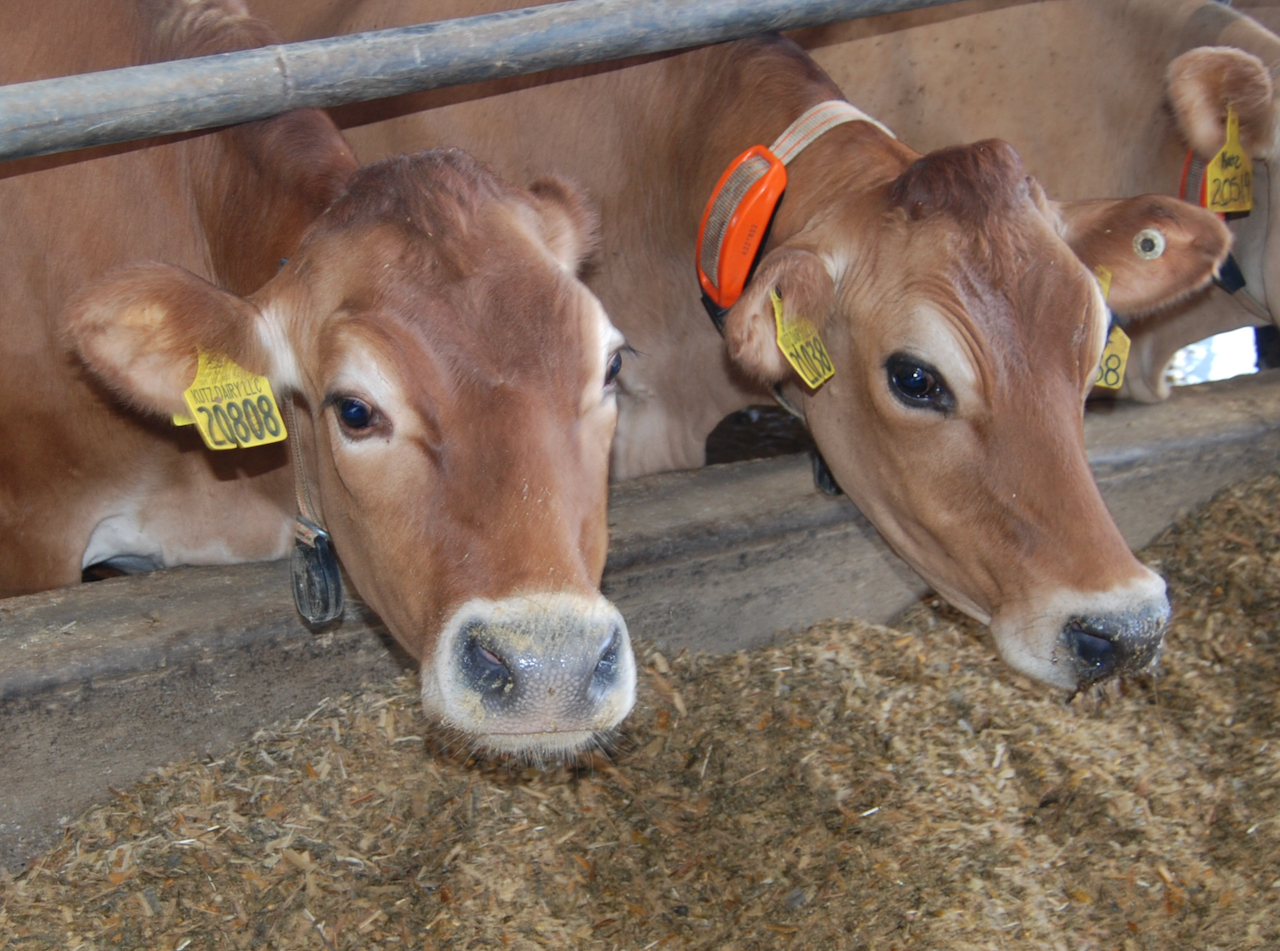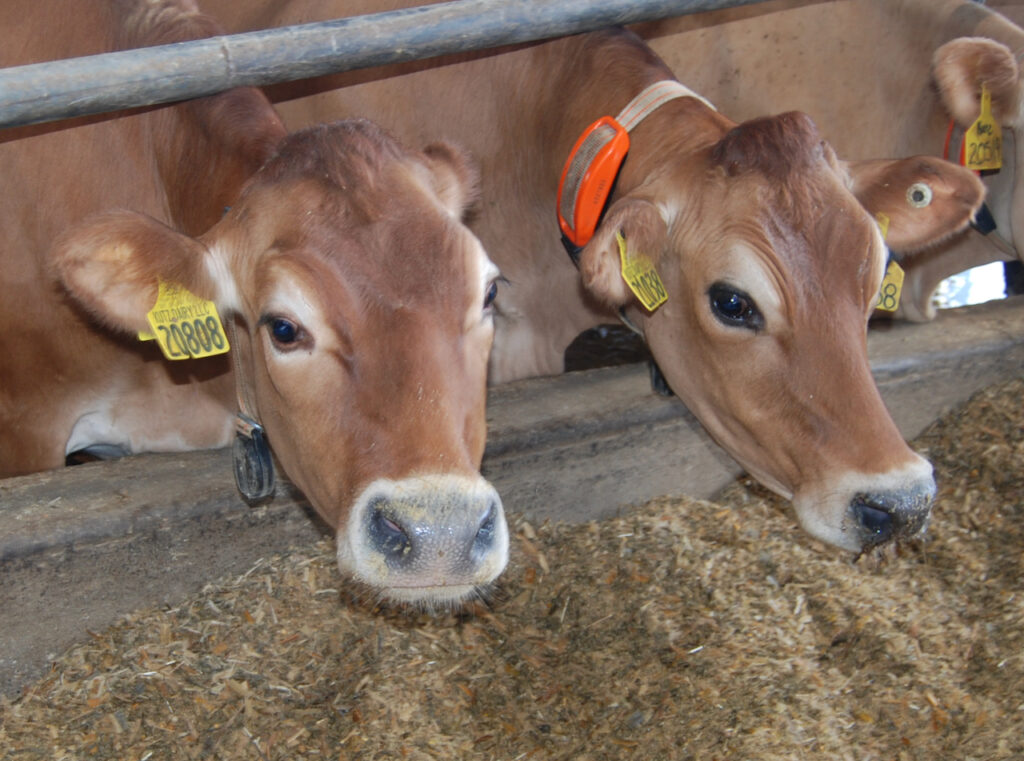By Anita Martin
What do the words birds, beef, and bewildered have in common? They all pertain to HPAI H5N1 avian influenza outbreaks which have unfolded in the U.S. since February 2022.
On April 17, USDA APHIS posted the number of American birds lost as a result of 2022 to 2024 bird flu as 90,604,876. The latest figures are found here: https://www.cdc.gov/flu/avianflu/data-map-commercial.html.
In a matter of weeks, 28 dairy cattle herds in eight states throughout the country have been infected with avian influenza. Counted among them are Idaho, Kansas, Michigan, New Mexico, North Carolina, Ohio, South Dakota and Texas. Updated information is found here: https://www.aphis.usda.gov/livestock-poultry-disease/avian/avian-influenza/hpai-detections/livestock.
Over the past 30 days alone, more than 8.6 million birds have perished in seven U.S. states, three of which also reported dairy cattle H5N1 outbreaks since March 25. Poultry outbreaks within the last 30 days are listed here: https://www.aphis.usda.gov/livestock-poultry-disease/avian/avian-influenza/hpai-detections/commercial-backyard-flocks.
One of the disease outbreaks reportedly occurred at a live bird market in Florida, where nearly 100 birds died.
Why, oh why, are live poultry markets of this nature still being allowed given the current state of avian influenza?
That’s one of the many unanswered, perplexing, bewildering questions posed as we are about to embark on month 28 of the HPAI pandemic in our nation.
A virus by any other name remains the same pathogen, H5N1 Highly Pathogenic Avian Influenza. The American Association of Bovine Practitioners (AABP) has chosen to dub the bovine H5N1 virus, “Bovine Influenza A Virus (BIAV).” The AABP points out that the virus presents itself differently in cattle, and to date, thankfully, is proving far less lethal to the infected animals.
Regardless of how avian virus gets into a dairy herd, an avian influenza outbreak creates significant stress, and very likely is a traumatic event for farm workers and operators.
Two excellent sources of information about H5N1 in U.S. dairy cattle are the American Veterinary Medicine Association’s website, found here: https://www.avma.org/, and the APHIS guidelines and frequently asked questions, last updated April 16, found here: https://www.aphis.usda.gov/sites/default/files/hpai-dairy-faqs.pdf.
Additionally, the April 19 edition of The Washington Post featured remarks by the World Health Organization’s chief scientist as well as commentary by a virologist from St. Jude Children’s Research Hospital. Other recent media coverage featured Professor Christine Kreuder Johnson, cautioning that while it doesn’t appear the circulating H5N1 virus easily spreads between humans, now is not the time to be laissez faire about the virus, which has shown “unprecedented tactics,” Johnson is reported to have said.
Ranking member of the U.S. Senate Committee on Health, Education, Labor, and Pension, Dr. Bill Cassidy, M.D., delineated his concerns about avian influenza in official correspondence to Secretary of the U.S. Department of Health and Human Services Xavier Becerra, and U.S. Agriculture Secretary Tom Vilsack in official correspondence dated April 17. His letter is here: https://www.help.senate.gov/imo/media/doc/20240417_avian_flupdf.pdf.
Rethinking mink
Some of us recall the days of mink stoles, the mink pelts sewn together, heads on and all, our mothers, grandmothers, and aunts wore on special occasions. Then there were the mink coats worn by some of the diva-like sitcom stars in the 1970s and 1980s. These days, most of us don’t see many mink stoles and mink coats when we’re out and about.
Due to the avian influenza outbreaks in poultry, backyard birds, goats, dairy cattle, and numerous wild mammalian species, it’s time to rethink raising mink, asking yourself: Do the potential benefits of fur farming for fashion outweigh the risks captive mink — known virus spreaders — pose to humans, wildlife, and livestock?
Wisconsin is a leading producer and major exporter of mink pelts to countries such as China. It’s important to keep in mind the possible impact of raising, housing, and culling mink on the hundreds of livestock species in our state.
Here in Jefferson County alone, according to June 2023 statistics by the Wisconsin Livestock Identification Consortium (WLIC) and Wisconsin DATCP, we have 594 active registered premises housing poultry, 187 bovine (dairy cattle), and 202 caprine (goats), all species which have been impacted by H5N1 avian disease in the U.S. between Feb. 2022 and today. Our state has a total of 5,643 registered livestock premises presently housing dairy cattle.
Meanwhile, since premise registration is not required for mink in Wisconsin, we have no way of accurately knowing how many mink farms we have, where they’re located, and how many animals each facility houses. This was affirmed in an investigative news story by Kate Golden in Wisconsin Watch in January 2021. A link to Golden’s story is here: https://wisconsinwatch.org/2021/01/wisconsins-no-1-mink-farming-industry-now-seen-as-a-covid-19-risk/ .
Considering outcomes, one finds themselves forced to weigh the benefits of mink farming as a livelihood against the consequences of aiding the spread of disease.
As a layperson and voting constituent who is closely digesting information as it relates to avian flu, I recently wrote a letter in support of H.R. 7670, a bipartisan piece of legislation which dubs minks “super-spreaders” of avian flu. The letter urges a member of the U.S. House of Representatives to vote in favor of the proposed legislation. As a reader of my column, I urge you to learn more. My letter to the lawmaker is here: https://fortatkinsononline.com/letter-dear-u-s-rep-scott-fitzgerald-support-bipartisan-legislation-to-reduce-spread-of-bird-flu/.
Anita Martin is a longtime freelance journalist whose work has appeared in such publications as the Waterloo/Marshall Courier, The Madison Times, Agri-View, Dane County Lifestyles (formerly 50 Plus Lifestyles newsmagazine), Verona Press and Wisconsin Woman magazine, covering such topics as health and wellness, and women’s and multicultural issues. More recently, she has developed interest in such topics as environmental issues, avian influenza and other zoonotic diseases, and public health.

